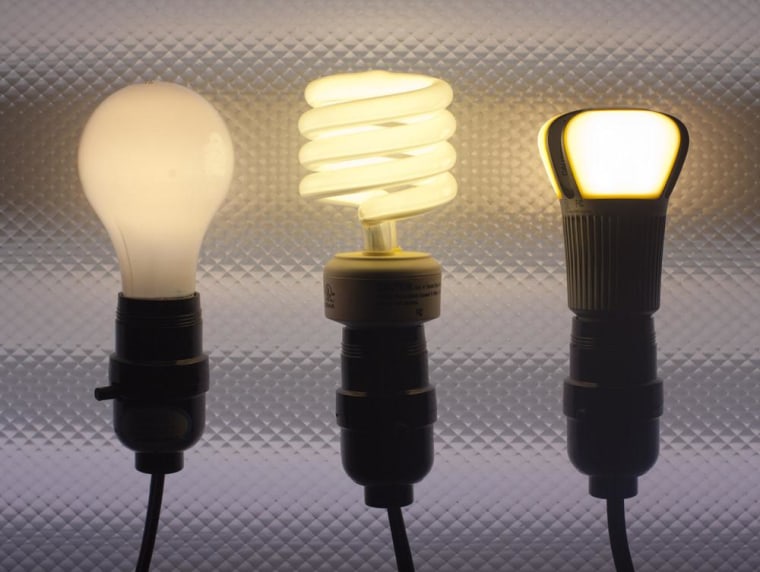The Jan. 1 deadline to end production of 60- and 40-watt incandescent light bulbs is fast approaching, but most Americans aren't even aware that their traditional light sources will soon become a rare commodity, according to one consumer survey.
Lighting manufacturer Osram Sylvania recently released its sixth annual "Sylvania Socket Survey," which found that only 4 in 10 consumers were aware that 60- and 40-watt light bulbs are being phased out in 2014 as production ends.
Sixty-four percent of participants were aware that a general elimination of incandescent light bulbs was taking place, however, which represents a sharp increase from recent years. In Osram Sylvania's 2012 survey, only 52 percent of participants were aware of any phase-out. In 2008 — just a year after then-President George W. Bush signed the Energy Independence and Security Act (EISA) into law, mandating that low-efficiency light bulbs be gradually removed from production — only 21 percent of people surveyed knew of the oncoming shift in how you light up your house.
The government began phasing out 100- and 75-watt light bulbs in 2012 and 2013 respectively. The elimination of 60- and 40-watt bulbs will have a much greater impact on U.S. consumers because they are the two most popular bulbs on the market, according to the electronics industry research firm IMS Research.
Lights out?
With a major shift on the horizon, some Americans are doing their best to take stock of the situation. It's still perfectly legal to buy incandescent light bulbs as long as supplies last — companies just can't import or manufacture any new ones. Osram Sylvania's survey found that 30 percent of those who are aware of the phase-out are planning to stockpile the leftover light bulbs.
Others have already begun to seek out alternatives, however. Noah Horowitz, director of the Center for Energy Efficiency for the Natural Resource Defense Council, identified "three major types of bulbs to choose from” in a recent blog post: more-efficient incandescent bulbs (also referred to as halogen incandescents), light-emitting diodes (otherwise known as LEDs) and compact fluorescent lamps (CFLs).
Osram Sylvania's survey found that 46 percent of respondents are planning to switch to CFLs, while 24 percent prefer LEDs. Thirteen percent hope to use new and improved incandescents.
The 60- and 40-watt light bulbs are being discontinued because they fail to meet standards set forth in EISA. That legislation set a timetable that requires all screw-in light bulbs to use 25 percent less power by 2014 and 65 percent less by 2020.
While the phase-out may take some getting used to, energy experts expect that the transition to alternatives like LEDs and CFLs will wind up saving many of us a significant amount of time and money. Incandescent models like the ones that are about to be phased out may seem cheap, but they waste about 90 percent of their energy producing heat rather than light. More efficient alternatives like LED lights can turn as much as 60 percent of their energy into light. Horowitz thus predicts that a successful transition away from incandescent light bulbs could save Americans as much as $13 billion annually on electricity bills.
You can read the full Osram Sylvania 2013 Socket Survey here.
